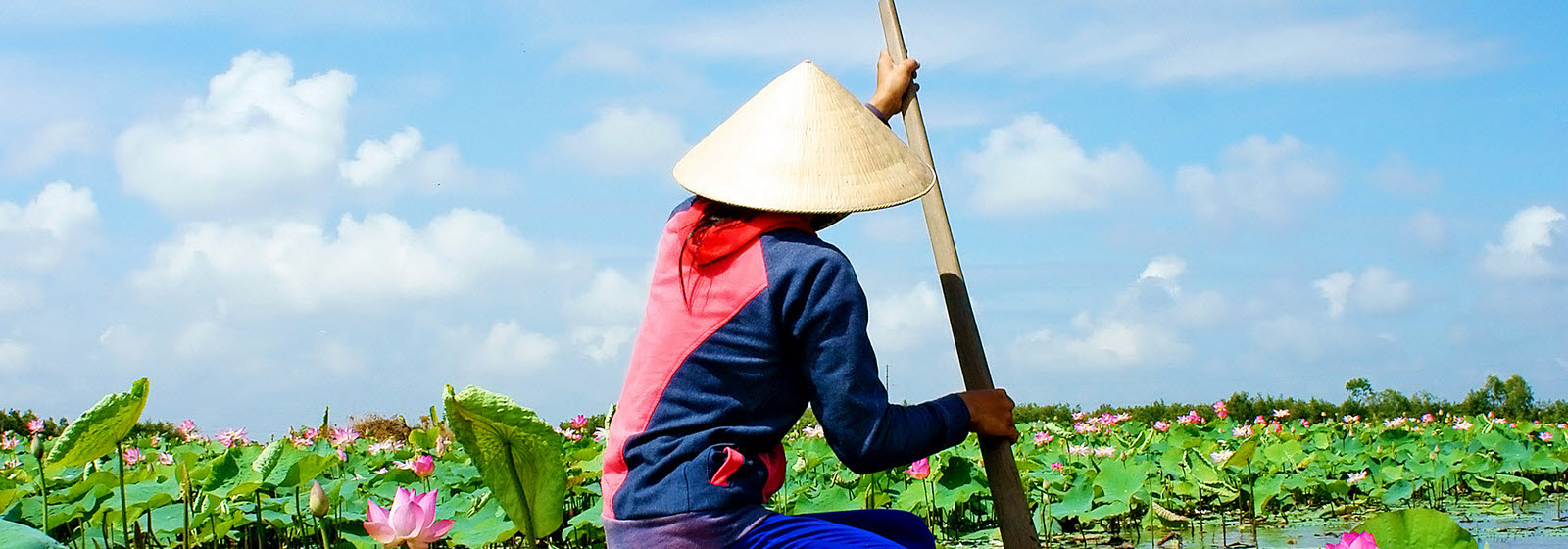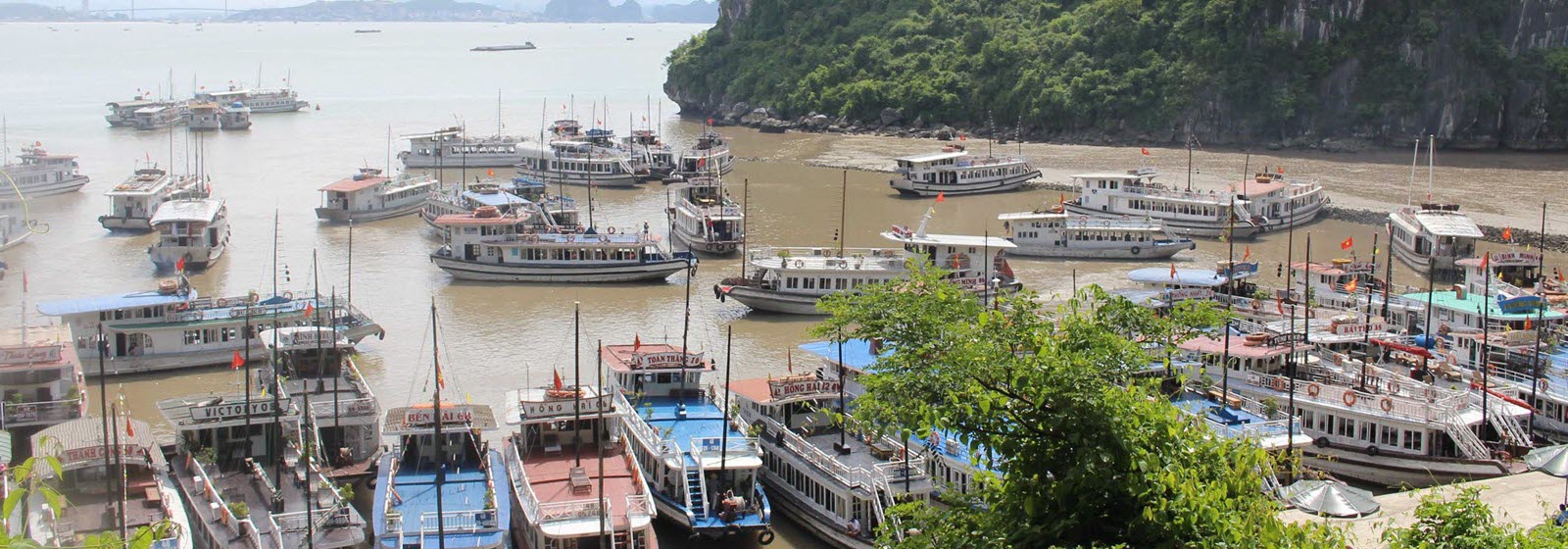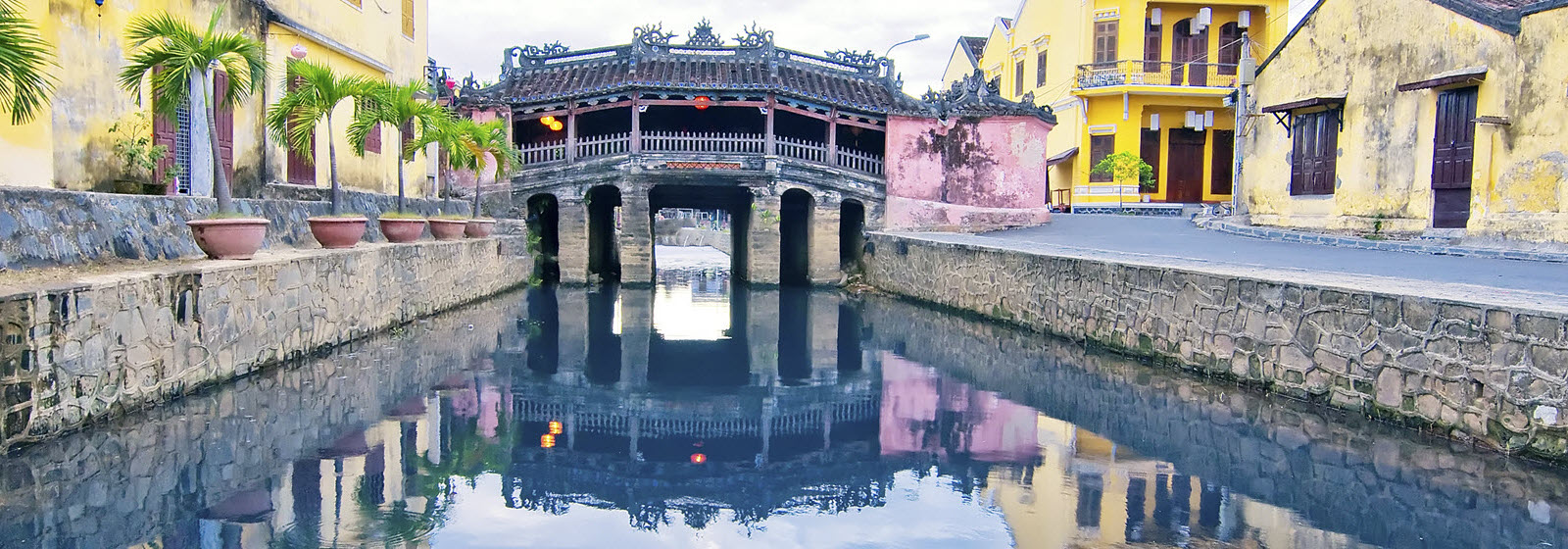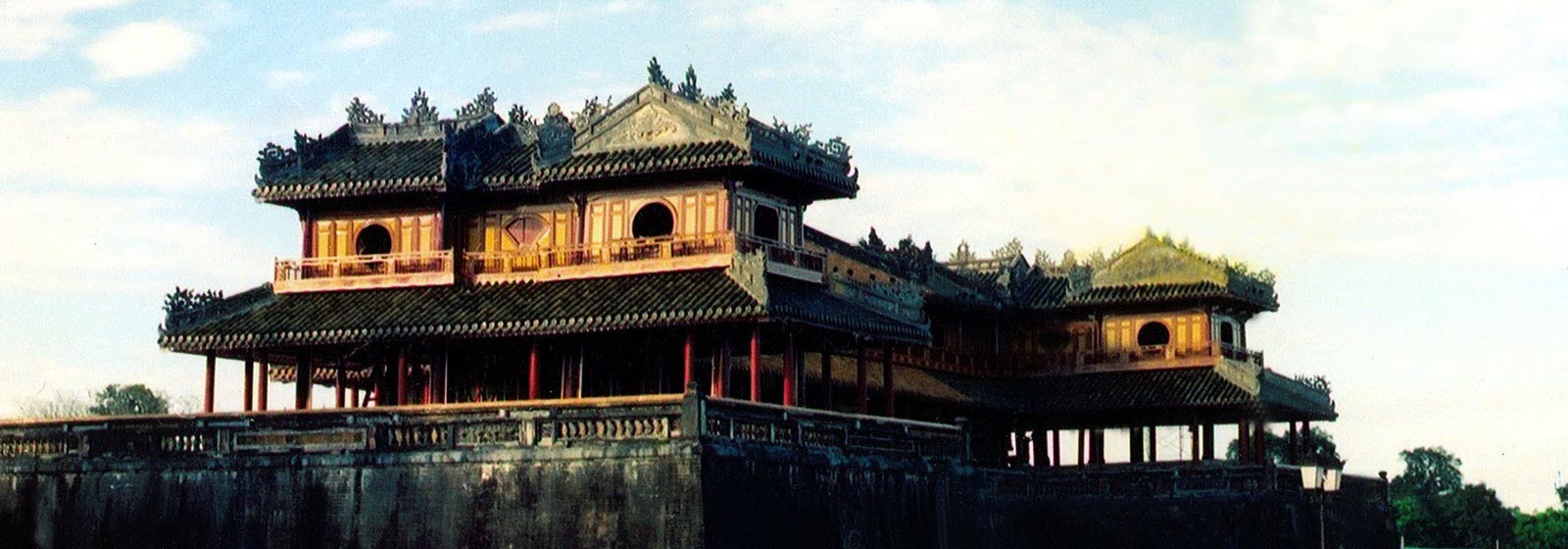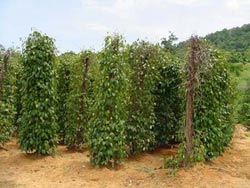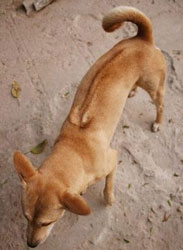Coconut Prison

The coconut tree prison which is also known as “Phu Quoc Prison” is located in An Thoi Village, Phu Quoc. The name “coconut tree” originated from the Indochina War; when French colony was dominating Vietnam and the resistant war against French becomes very strong. At this time, the prison had four areas named “A”, “B”, “C” and “D”; which was believed to keep over 14,000 prisoners. However, when the Indochina War finished, most of the prisoners returned to their families according to the Geneva Accords.
As the Vietnam War started, the U.S troops rebuilt the place into a new prison but kept the same name. The new prison had separate areas for men, women and the elder. As time passed by, until 1966, a new part of the prison was built to imprison more Vietnamese soldiers. The new part of the prison had 12 main areas. Each area was divided into four different sub-areas “A”, “B”, “C” and “D”. The protection security was very strict with tight supervision all the time.At its peak the prison covered a territory of about 400 hectares and housed about 40,000 prisoners.
Since 1996, the old prison has been turned into a museum. Called Coconut Prison, the museum displays photographs of execution methods and lays bare the conditions experienced by the inmates.
Besides, there are more torturing activities which The Coconut Tree prison is the living evidence for the war crime. There are plenty of exhibits presented in the prison for visitors to learn more about the war. There are still some torture tools that was used in the past on prisoners.
For example, you can witness the “Catso Tiger cage” which was used to capture the prisoners inside.
Since it was closed all the time, the cage was completely dark and it is extremely hot in the morning while completely cold at night. The prisoners after being released from the Tiger cage would be blind. His/her physical and mental health conditions were strongly affected. Besides, there are more torturing activities whichreflects the cruel inhuman activities of the enemies in the past like crucifixion, boiling people till death or directly breaking one’s teeth with hammer waiting for you to witness.
One of the unique sights or smells when travelling around the island, are the many racks of drying anchovies and drying squid, which sell in the markets around Vietnam. These form an important part of the Vietnamese diet, used in many dishes to flavour food, and of course anchovies are the special ingredient used to make fish sauce that Phu Quoc is famous for producing. You’ll see these racks mostly along the coastal routes if travelling around the island, from north to south.


